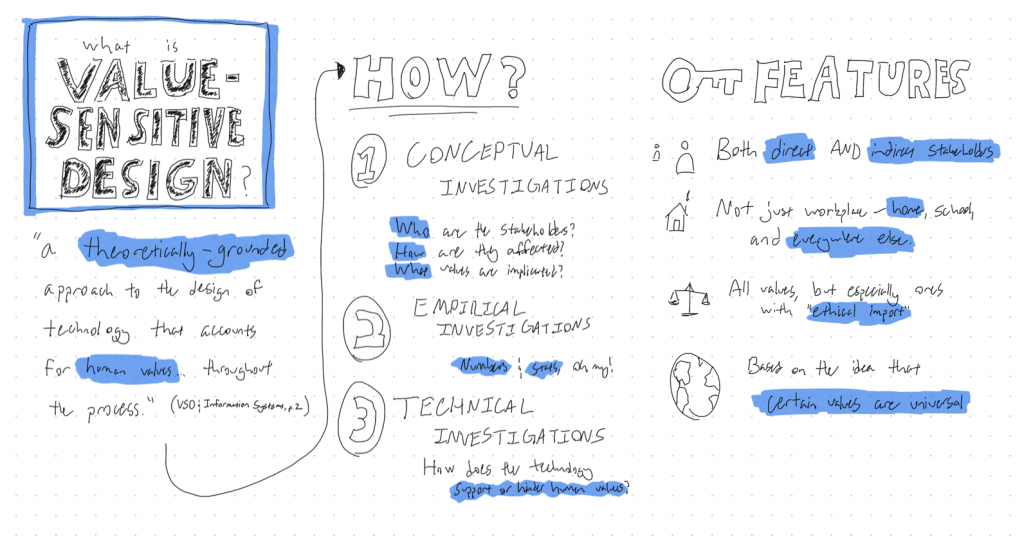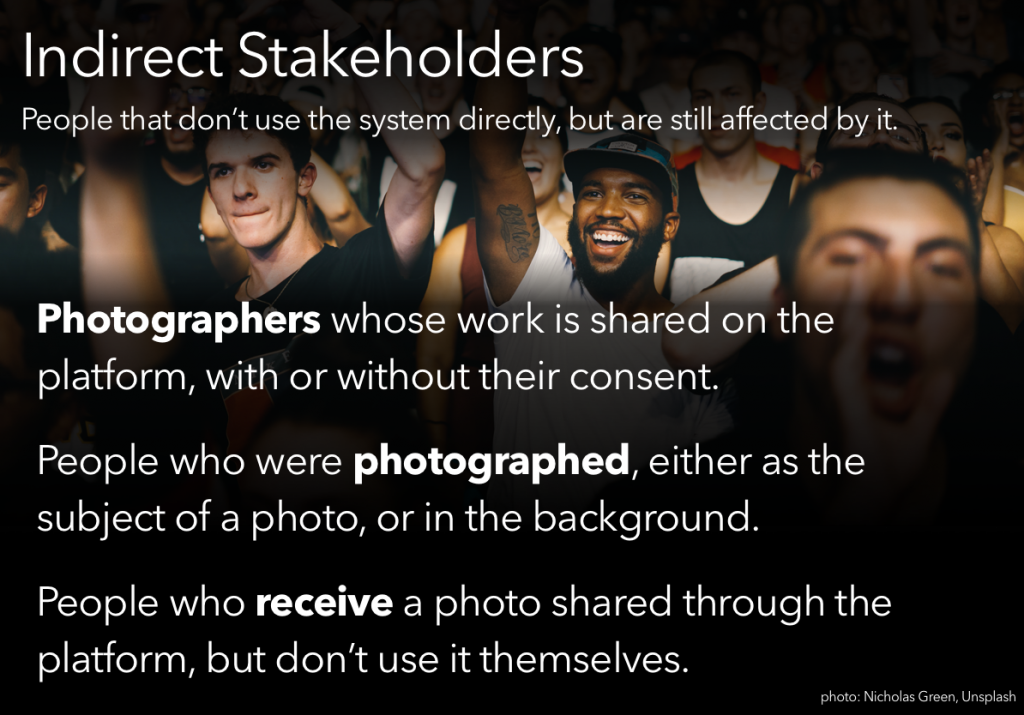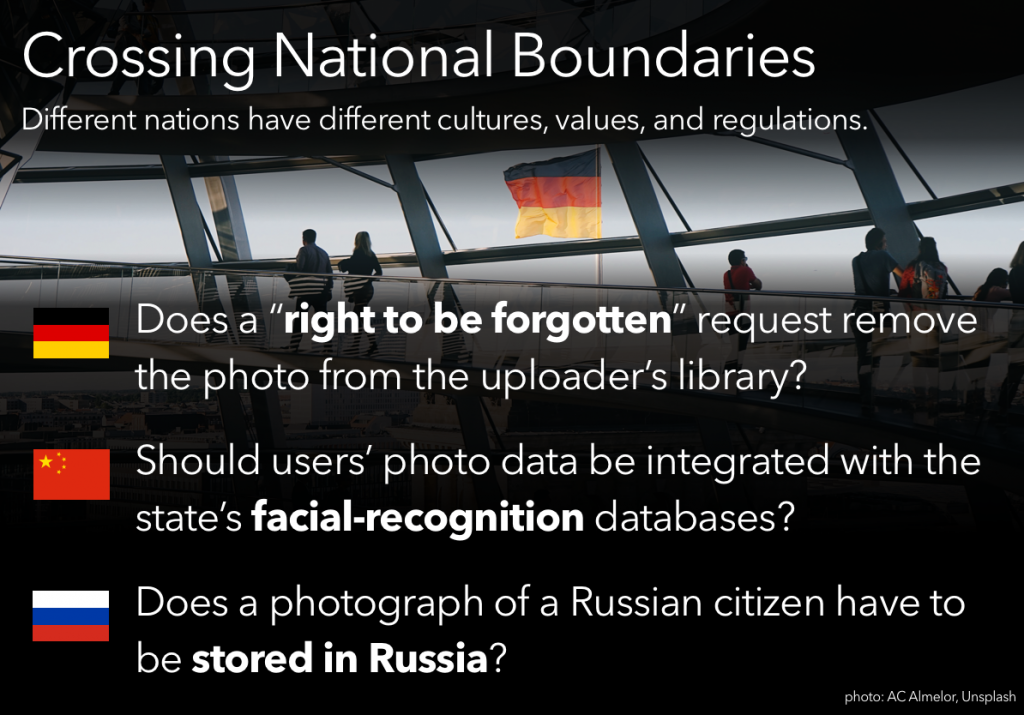Tom Kelley, David Kelley
There something about this genre of book that just doesn’t sit right with me.1 I appreciate the points that they’re making, but it always feels like 80% of the book is one big humblebrag about all the people the author has worked with. How many big-name companies can we name-drop? Why yes, I have worked with Proctor & Gamble, how ever did you notice?
I suppose part of it is that they’re trying to establish why you should listen to them, and demonstrate that the ideas are good, which is a valid thing to do. In execution, though, it always feels excessive. Like a good editor could cut at least half of the book away without actually losing anything of use, but opted not to because the result would be too short and necessitate a lower price.
All of which is to say, this is definitely one of those business/self-help books, and it could be edited down into a pamphlet if you really wanted. But it was still interesting to read—the ideas are good. It’s almost like running one of the most famous design firms in the world and teaching at one of the most prestigious schools of design actually means something! Give it a read, if you’re interested. (And no, being creative isn’t a prerequisite—that’s one of the key points of the book. Spoilers.)
- In this case, I think “this genre of book” means “if you told me they gave a TED Talk espousing these ideas, I would be utterly unsurprised.” ↩
















































